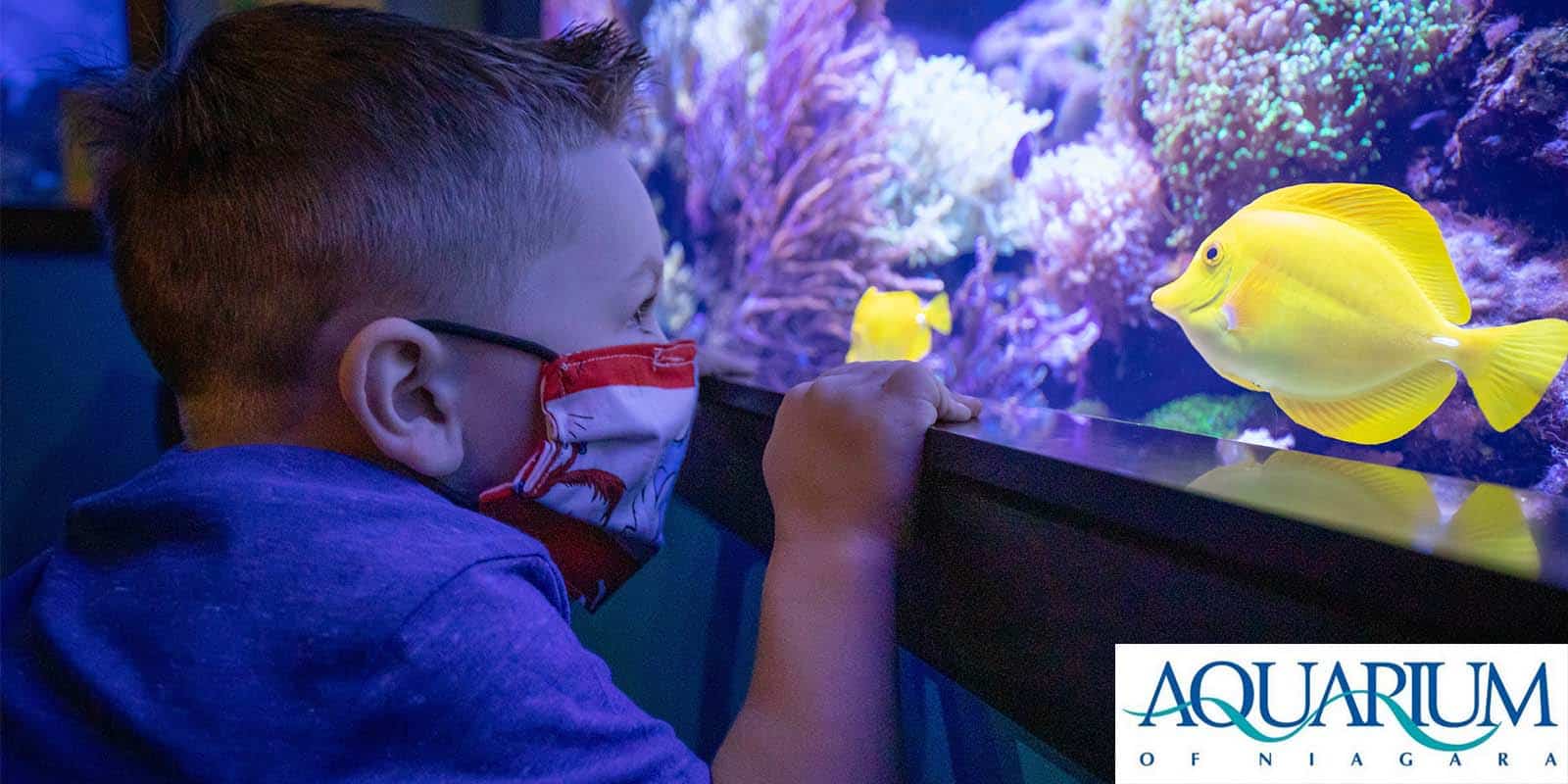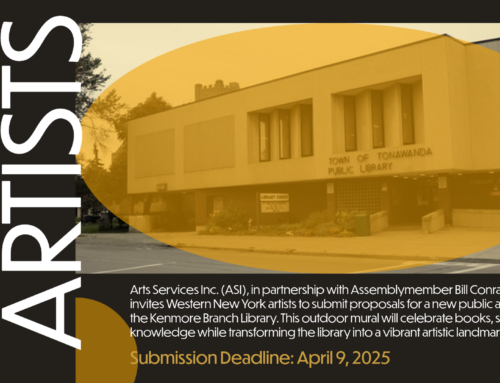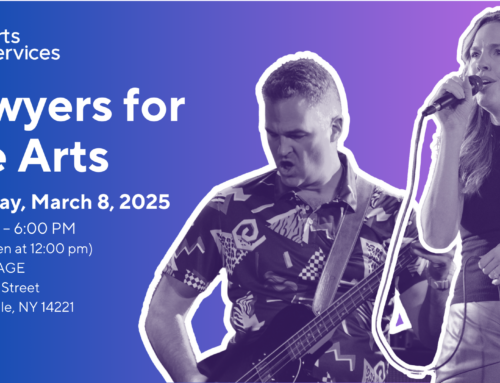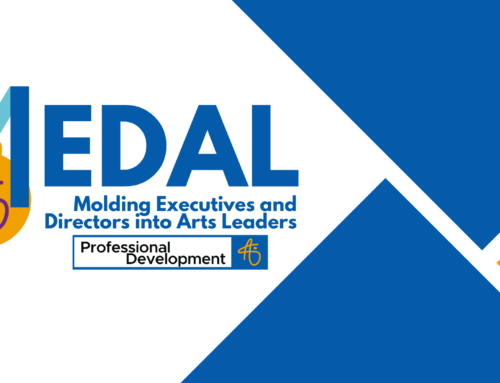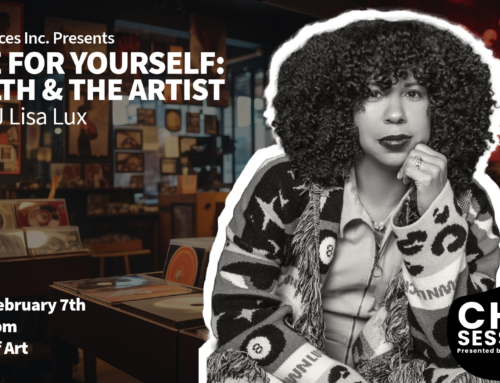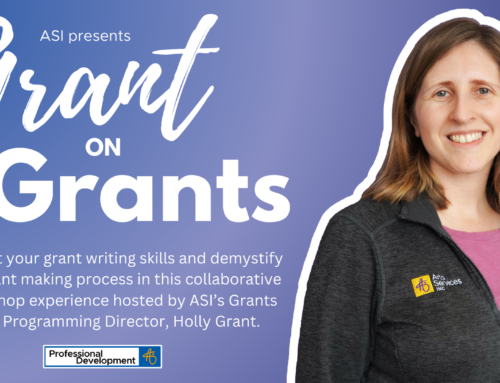For this month’s Accessibility in the Arts spotlight, we sat down with Gary Siddall, Executive Director of the Aquarium of Niagara, to learn more about the organization, their programming, and how they are working more closely with the WNY community.
The Aquarium of Niagara in Niagara Falls, NY strives to celebrate our natural wonders and inspire people to make a difference for aquatic life through passion, transparency, empathy, diversity, and collaboration.
ASI: Tell me a little about the history of the Aquarium of Niagara: When and how did it begin?
GS: The Aquarium of Niagara was founded in 1965 as the first inland aquarium to use an artificial seawater formula known as Instant Ocean. Before then, inland aquariums had to bring in water from the actual ocean! Now the formula is used at aquariums around the world. We became a non-profit organization in 1994, and we are committed to motivating people to make a difference for aquatic life through inspiring experiences with our animals, many of which have been rescued or deemed non-releasable.
ASI: How has your background—whether academic or lived experience—impacted your work with the Aquarium?
GS: Running an aquarium requires a hybrid of academic, hands-on, and practical experience. Through my bachelor’s degree in psychology and my master’s degree in organizational leadership, I was able to build a strong foundation on the fundamentals of business theory and the psychology of animal behavior. However, it’s the on-the-job learning I received during my many years as a marine mammal trainer that helped me develop the unique set of skills necessary to work with and manage a living collection.
ASI: Which elements of the Aquarium’s programming have been developed to be mindful of the particular needs of individuals with disabilities or different skill levels? What makes the Aquarium accessible?
GS: We’re very proud of the “Au-some Aquarium” initiative we’ve created in partnership with a representative from the [Children’s Guild Foundation] Autism Spectrum Disorder Center at Oishei Children’s Hospital. It’s an after-hours experience for children with special sensory needs. Fish can be very calming to watch, and we’ve found that the Aquarium offers a unique sense of peace and serenity to our visitors with disabilities. As an Aquarium, we’re constantly thinking about ways that we can become more accessible to visitors of all skills and abilities, whether its by revamping the path to our accessible entrance or creating soft spaces for families to gather and regroup.
ASI: Tell me about a moment when you witnessed the impact of the Aquarium in the community.
GS: The Aquarium is constantly working to strengthen our relationship with the Western New York community. Since investing more than $10 million in capital improvements over the past three years, we’ve really seen the community look to reengage with the Aquarium and begin to view us as a key cultural and community asset. At the Aquarium, we believe inspiration can be a powerful educational tool. Our ambassador animal program enables us to bring the wonder of the ocean on the road and really connect the community to our mission. One of my favorite community moments happened when we partnered with the Buffalo Bisons to “strike out plastic” at the ballpark. We brought one of our penguins to Sahlen Field!
ASI: Are there any individuals, organizations, or programs within Western New York or beyond that have influenced or helped to shape the Aquarium? Is there anyone you’d like to shout out?
GS: There are so many relationships and partnerships that have developed over the years — we couldn’t possibly name them all! We do feel extremely fortunate that New York State Lieutenant Governor Kathy Hochul is a strong ambassador for the Aquarium.
ASI: With regard to accessibility, diversity, and/or inclusion, what kinds of things would you like to see from arts and cultural organizations in Western New York? What can our community do better?
GS: We can all do a better job of incorporating discussions around accessibility, diversity, and/or inclusion early on in the planning process. Jumping into new projects can be really exciting, but it’s important to pause and reflect on the needs of the community and the best way we can serve everyone in it when we’re developing something new.
ASI: Where would you like to take the Aquarium next?
GS: The Aquarium is on a growth trajectory! Last year we had the opportunity to pause and be strategic about mapping the Aquarium’s next steps. We wanted our plan to make sense based on our current conditions and our aspirations, while fostering the resources and partnerships we’ve worked hard to develop. We’re confident that we have a path that will take the Aquarium forward and develop our position as a regional asset.

